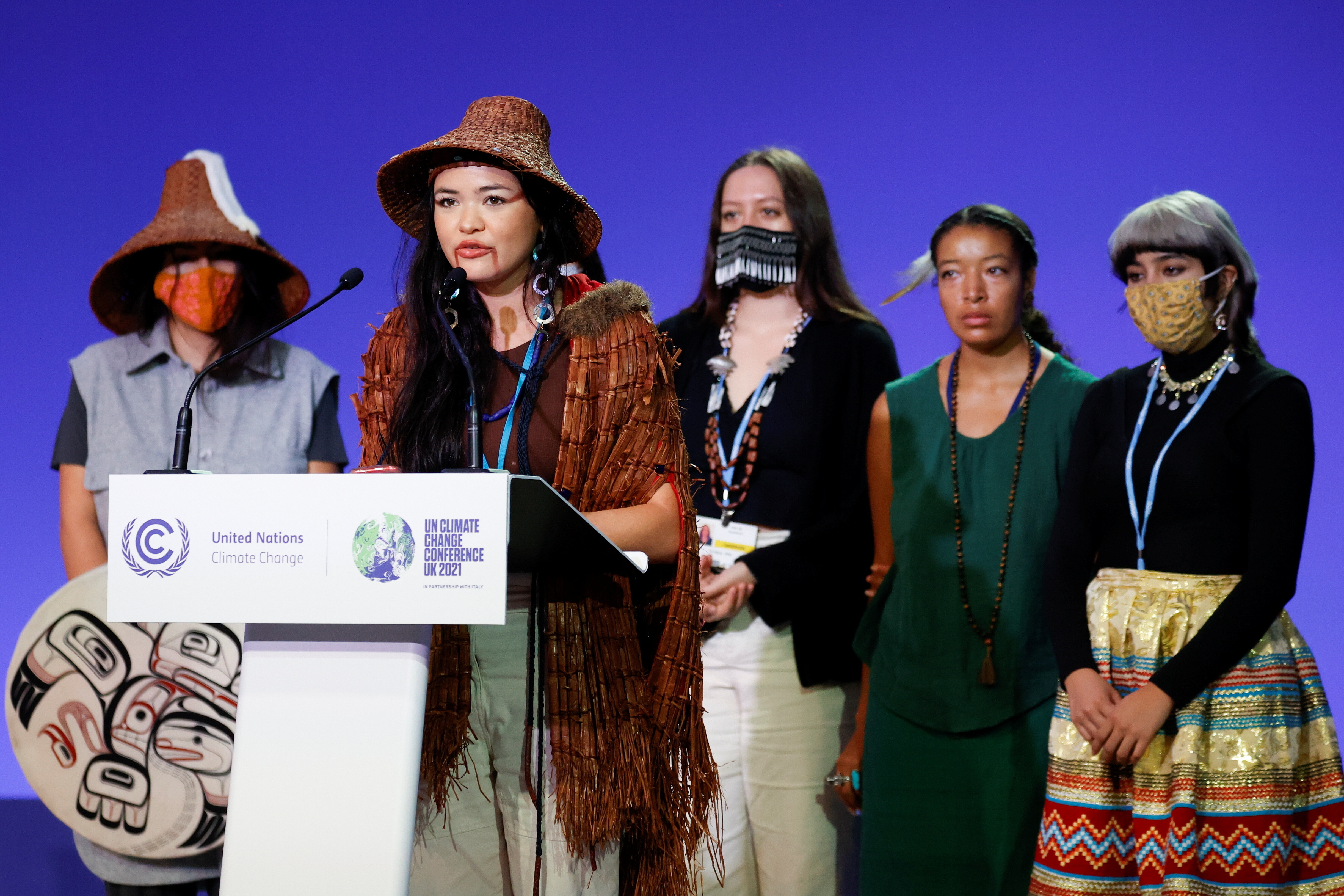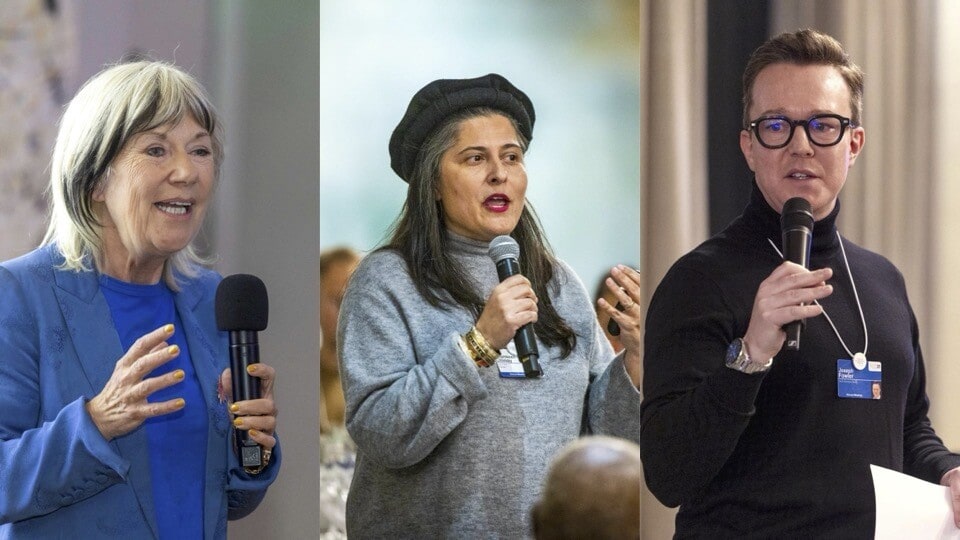How can we get books to the children who need them most?

As part of a blog series on Social Entrepreneurs, we spoke to Kyle Zimmer, President and CEO of First Book, which provides millions of new books to children in low-income situations.
Q: Can you talk to us about how you designed the First Book model to serve low-income children with top quality educational content for the first time?
To understand how our model works, you need to understand how the publishing industry works. It’s not designed to serve the lower-income segment of the market. It’s a consignment industry, which means that the inventory that doesn’t sell at retail outlets goes back to the publisher, so retail prices are elevated to cover the costs of unsold inventory. As a result, the price point of a premium picture book in the US right now is just over $18. And if an item costs an average of $18, shops selling it tend to be located in neighbourhoods that can afford those prices. By design then, no one in the lowest 30% of the socioeconomic market can attain retail books on a consistent basis.
So our key innovation was to understand the publishing industry’s design problem and make our model fit as a solution to this design problem. We stepped into that space and aggregated the low-income market of teachers, caregivers, homeless shelters, church programmes – everyone serving children of need in the US. That aggregated purchasing power gives us the ability to eliminate the consignment model in our design. We know we will sell every book that we buy from publishers, so we buy our books outright on a non-returnable basis. This gives publishers the ability to serve this new market with no risk of lost inventory, and we can negotiate steep price discounts as a result.
Q: On the demand side you’ve created economies of scale, and on the supply side you’ve eliminated publishers’ risk. How many programmes are you serving today and how much of a price discount are you able to negotiate and pass on to those programmes?
We now have almost 190,000 members of the First Book network representing millions and millions of low-income school children, which translates into something like 500% growth in four years. It is jaw dropping growth but it speaks to how large the need really is. Word is spreading fast through our big partner networks like American Federation of Teachers and Head Start, because teachers in those programmes have been digging into their own pockets for decades to pay retail prices.
The average price of our paperback books, including shipping, is $2.85. And these are not old, unused inventory – these are bestsellers. If we purchase books on a non-returnable basis, you better believe we are very careful about the quality of the resources we offer.
But publishers are incentivized to work with us not just because we purchase on a non-refundable basis, but for other reasons as well. When an industry is trying to break into a new market, no matter what they’re selling, there are costs associated with that. They have to market to that new customer segment, they have to build the market, they have to buy advertising, they have to do all that stuff. Well, we’ve taken all those costs off the table. We’ve already aggregated the demand, and we “advertise” to our members meaning that we communicate with them about new books coming out and all of that.
So as long as we exclusively serve programmes and classrooms teaching children in need – and we rigorously screen every First Book network member to ensure this criterion is met – this is solid money for the publishing industry. They make a much thinner margin, to be sure, but they have no investment on the front end and no risk on the back end.
Q: There’s no question you have already achieved massive scale, yet the size of the global need is still staggering. How do you balance growth in your core market with international replication – what expansion models are you pursuing?
We are pursuing a 360 degree growth strategy. We currently offer somewhere around 6,000 print book titles at any given time, and we’re constantly working to increase that number. We are also expanding beyond what you might think of as traditional educational resources. We want to be the Labrador Retrievers that go out and get whatever our network members need, either for free or as close to free as we can possibly get it. They came back to us and said we need winter coats so kids can go to school in winter. As a result, we’re now partnering with Operation Warm, a US-based non-profit, to offer deeply discounted winter coats in various children’s sizes.
In addition, in response to requests from our network, First Book launched its Stories for All Project, an ongoing initiative designed to increase the diversity in children’s books, featuring diverse cultures, ethnicities, family structures, abilities and experiences. In a survey, 90% of respondents indicated that children in their programs would be more enthusiastic readers if they had access to books with characters, stories and images that reflected their lives. Through the Stories for All Project, First Book is meeting that need, as well as serving as a catalyst for publishers and partners to introduce this new content at retail, so that all children can read and learn about each other, furthering empathy and understanding. First Book’s network also helps provide input on other types of content they could use to support their curriculum and to better engage families in their children’s education.
That’s one way we think about growth, but we are also exploring geographic expansion. We ran a pilot last year of 700,000 books in Mumbai to learn what the First Book model should look like in India. We’re in conversations with organizations in Latin America and the Middle East. In addition, we established operations as First Book Canada five years ago. We are a formal legal entity under Canadian law and we have an office and employees outside of Toronto.
In other instances we are talking about partnering with a private sector company to say we’ll go in and be the foundation arm of a for-profit, like a publishing house or a book retailer in another country. And sometimes our role is to come in as a “soft” partner to consult with an existing institution on how to set up this kind of model or to serve on the board of an organization that’s trying to build itself up in another country.
So we’re experimenting with different models and expanding in every direction, always with an eye towards getting children’s books no matter what the vehicle is. We’re not trying to build an empire or beat anybody else. We’re really trying to level the playing field for kids who are at the bottom of the economic ladder.
Q: For anyone who is passionate about solving this problem in their country and wants to provide children in need with affordable, top-quality educational materials, what would your advice be? What are the first steps?
My advice would be to start with an analysis of the current landscape. What are the component parts of the publishing industry in your country? In some regions, importing content is the only way to do it. In others, you need to elevate local publishers and then add culturally relevant books from outside the country. In some countries there are flourishing publishing industries so you can work with them. So the first step is to figure out who is currently developing content in your country.
The second step is to understand your customers: children in need. What does the school system look like in the country? Where are kids spending their time? Which are the most prominent civil society organizations serving children in need in the country? And how are the public schools serving low-income children organized – where do they need help? Are they regulated such that only government-approved books get through the door? You need to know all of this before you start.
Q: What’s the role of the public sector? In the First Book model, where does government fit in?
It depends on the country. In the US we have a great partnership with the Department of Education, but we never went after government funds for operating capital because I didn’t want to fall into that. Once you get started on government grants as a primary operating revenue model, it’s hard to extricate yourself and I wanted to build a different kind of institution. That said, we worked closely with the US government on outreach to schools and programmes serving children in need such as Head Start.
If one sector could solve this, we’d be done. One sector is not going to be able to do it. The social sector can be an engine. The private sector can be an engine. The government needs to be an engine. These are “all hands on deck” problems and what those roles, what those engines need to look like and what they need to do is going to depend on the economic, geographic and political context you are operating in.
Have you read?
Can social enterprise aim higher?
How to cure blindness around the world
Author: Kyle Zimmer was interviewed by Katherine Milligan, Director and Head of the Schwab Foundation for Social Entrepreneurship.
Image: A girl studies school books at a pavement in Mumbai August 31, 2007. REUTERS/Arko Datta
Don't miss any update on this topic
Create a free account and access your personalized content collection with our latest publications and analyses.
License and Republishing
World Economic Forum articles may be republished in accordance with the Creative Commons Attribution-NonCommercial-NoDerivatives 4.0 International Public License, and in accordance with our Terms of Use.
The views expressed in this article are those of the author alone and not the World Economic Forum.
Stay up to date:
Education
Related topics:
Forum Stories newsletter
Bringing you weekly curated insights and analysis on the global issues that matter.
More on Arts and CultureSee all
Sarah Franklin and Lori Ferriss
November 12, 2025






